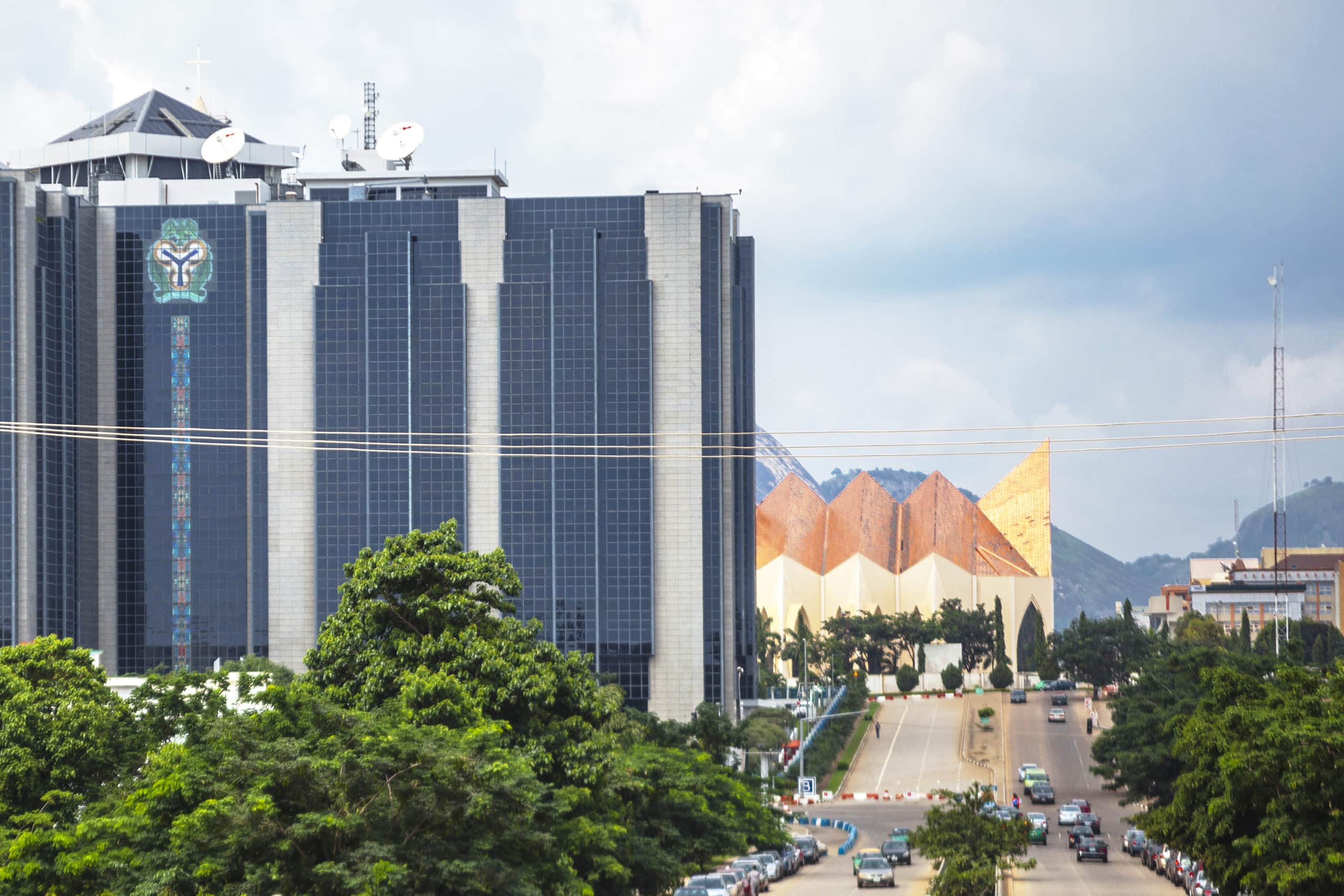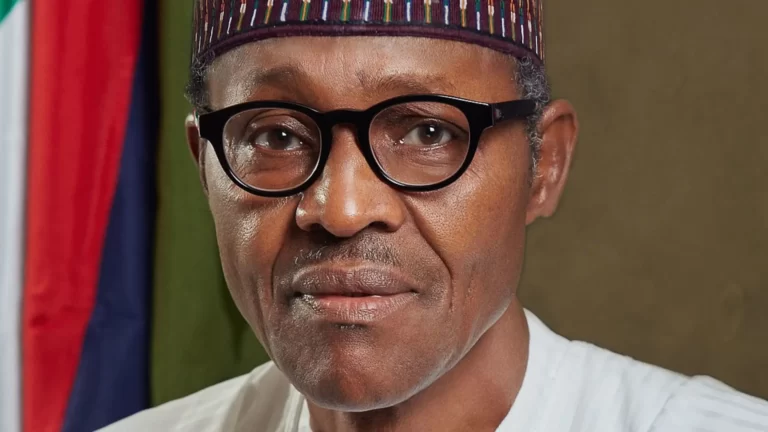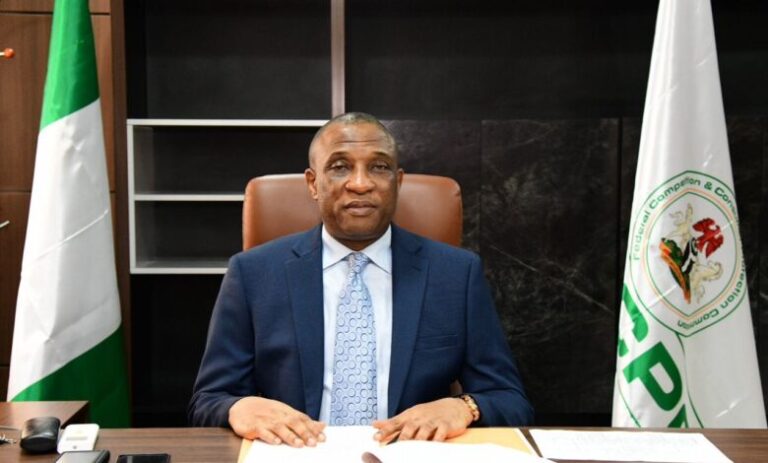In a decisive shift that underscores the Central Bank of Nigeria’s renewed commitment to curbing excess liquidity, the country’s interbank rates have surged to levels not witnessed in the past five years. Recent reports indicate that the current rate has escalated dramatically, marking a notable departure from the more subdued levels observed just months ago.
Earlier in the year, some estimates pointed to interbank lending rates as low as 4.40% in January 2025. However, with the CBN intensifying its liquidity tightening measures, more recent data suggest that rates have now soared to figures approaching 28.58%. This significant uptick reflects the central bank’s strategy to manage liquidity pressures amid inflationary challenges and persistent currency instability.
A historical review of Nigeria’s monetary policy further accentuates the current situation. Data compiled by economic research platforms reveal that Nigeria’s policy rate once hit a record low of 6.00% per annum in August 2010. Since then, the rate has experienced considerable volatility, fluctuating as the central bank navigated a range of economic pressures. From December 2006 to February 2025, the average policy rate hovered around 12.00% per annum, punctuated by phases of both easing and tightening as policymakers sought to strike a balance between growth support and inflation control.
The recent surge in interbank rates can be largely attributed to the CBN’s deliberate strategy to absorb excess liquidity from the banking system. By constraining the amount of readily available capital, the central bank aims to temper inflation and bolster the stability of the naira. Although these measures have inevitably led to increased borrowing costs for financial institutions, they are viewed as a necessary corrective step in ensuring long-term economic stability.
Market analysts note that while past episodes of rate hikes have sometimes preceded periods of enhanced macroeconomic stability, they have also occasionally led to short-term challenges in credit availability and business investment. The current spike is particularly striking when compared with the lower levels of the recent past, underscoring the intensity of the CBN’s current tightening stance.
Reflecting on past monetary policies, Nigeria’s journey has been one of careful calibration between stimulating economic growth and containing inflationary pressures. The historically low rates of 6.00% in 2010 were indicative of a period characterized by relatively accommodative monetary conditions. In contrast, successive tightening measures were introduced to counteract rising inflation and adverse external pressures. Today’s five-year high in the interbank rate serves as a stark reminder of the dynamic interplay between monetary policy and market confidence in Nigeria’s financial landscape.

Looking forward, as the CBN continues to monitor domestic and global economic developments, further adjustments in policy rates may be on the horizon. Stakeholders across the financial spectrum remain alert to the potential ripple effects on lending, consumer spending, and overall economic growth, all of which will be critical in shaping Nigeria’s economic future.












